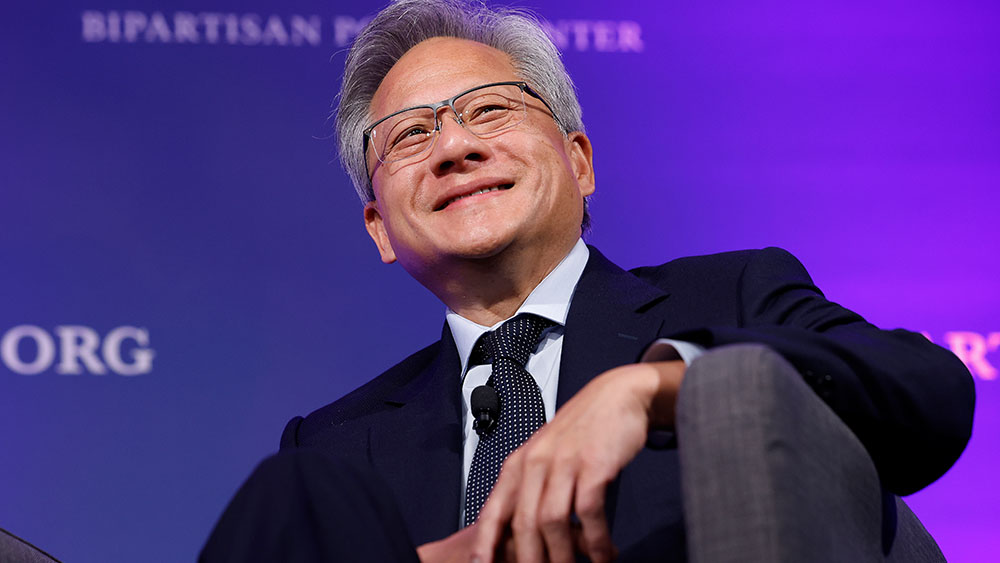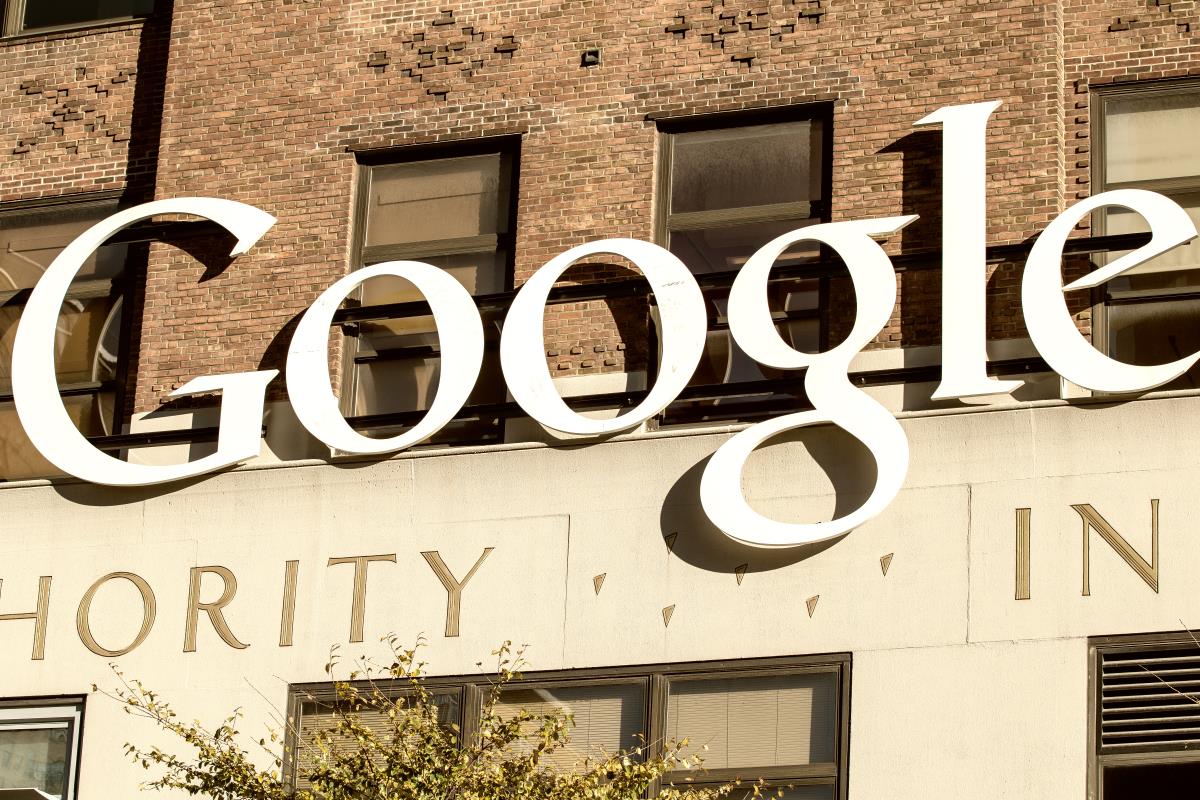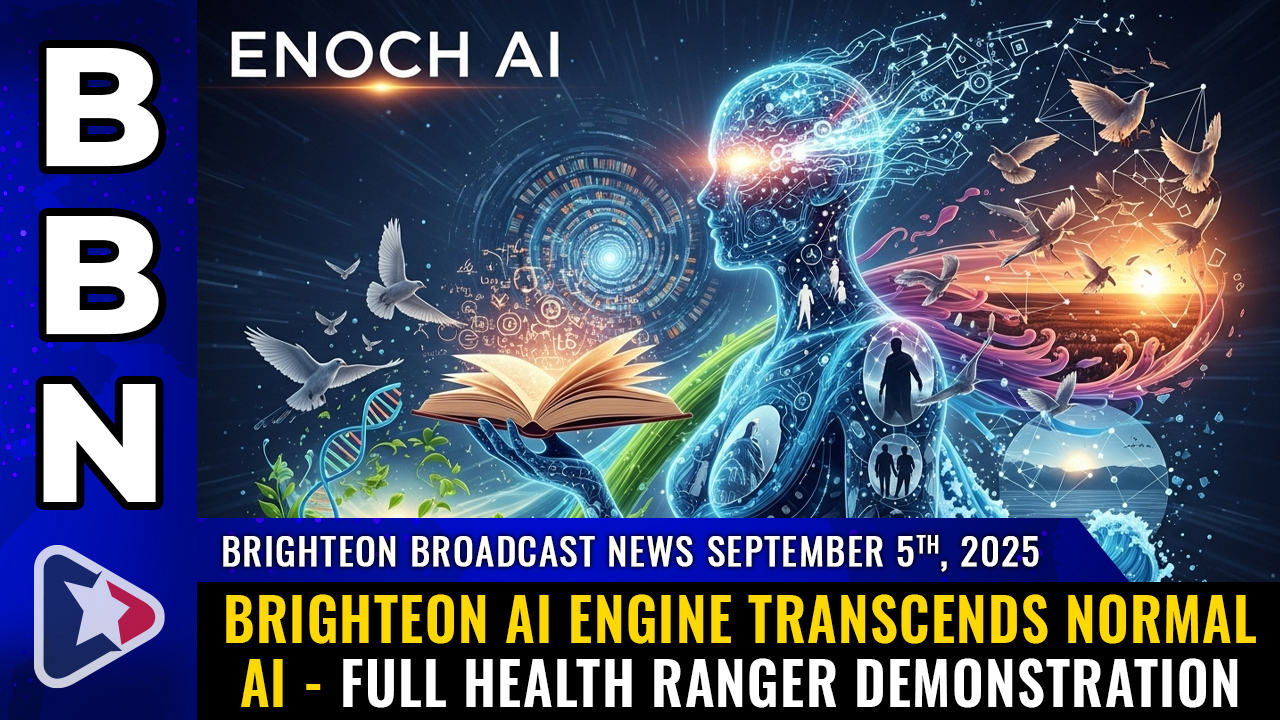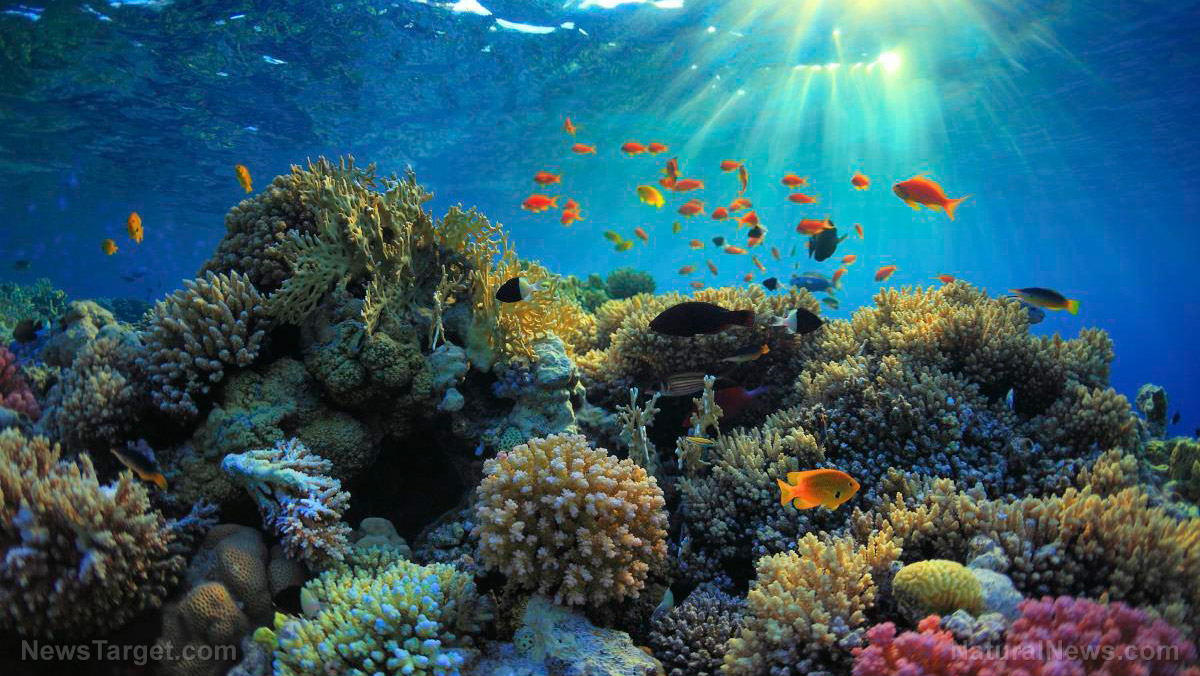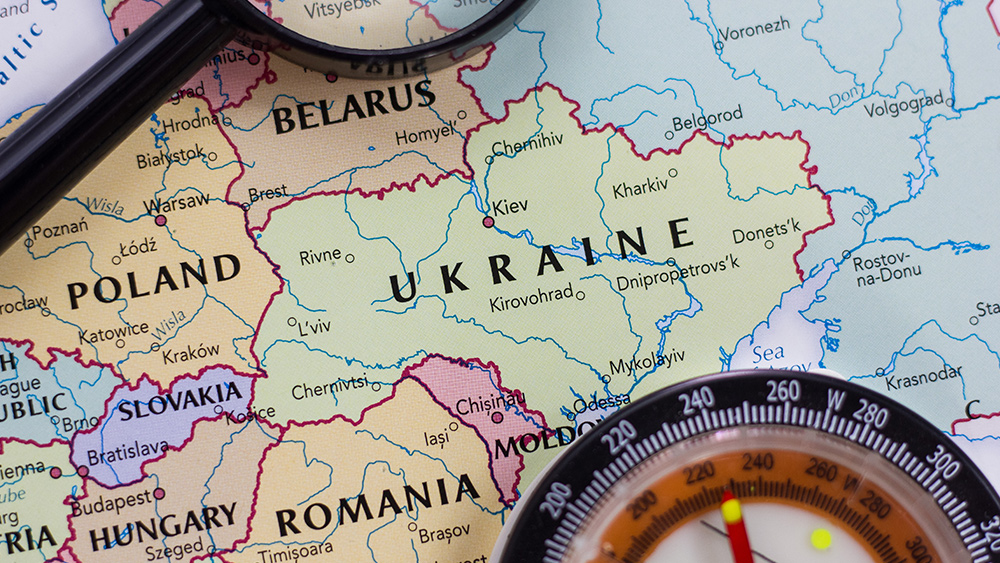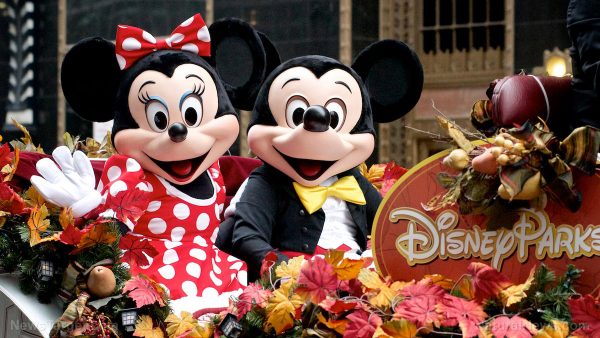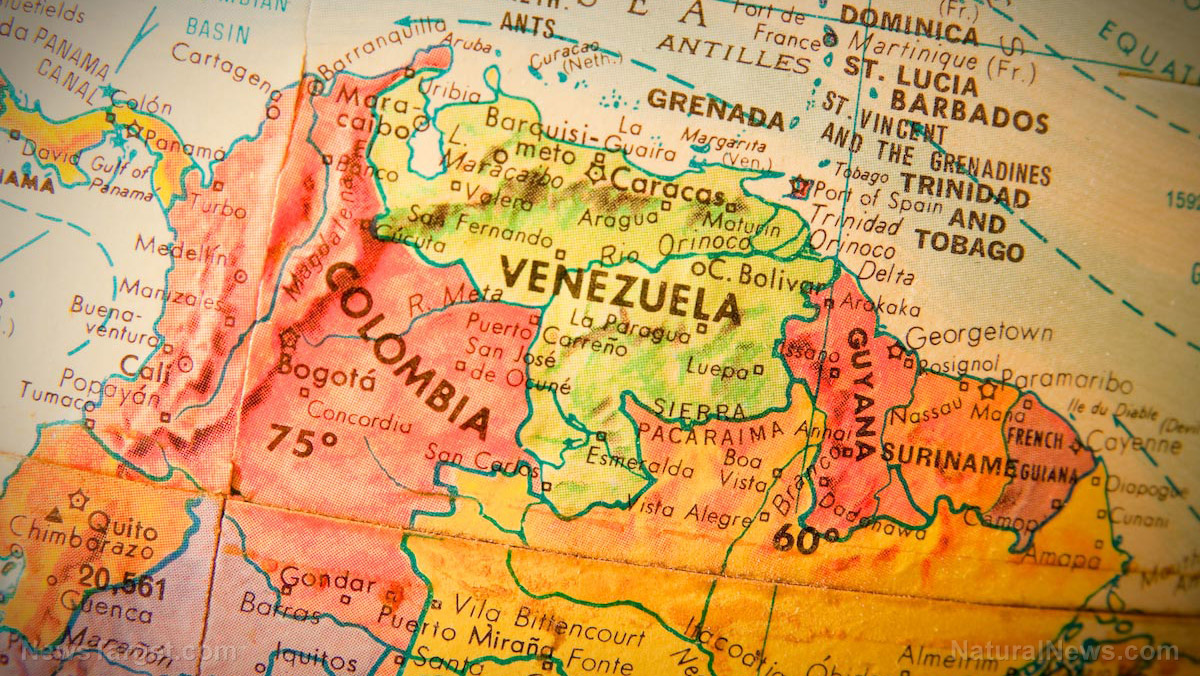YouTube secretly ALTERS videos using AI without creator consent
By ramontomeydw // 2025-08-28
Tweet
Share
Copy
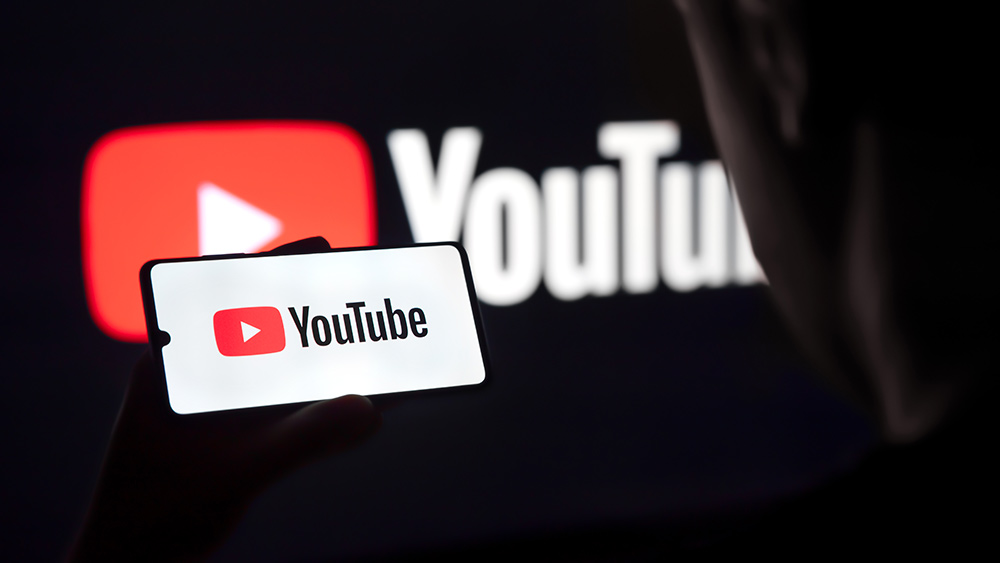
- YouTube has been caught using AI to subtly modify videos (e.g., smoothing skin, sharpening wrinkles, warping facial features) without informing or obtaining consent from creators like Rick Beato and Rhett Shull.
- Creators argue these unauthorized edits misrepresent their content and could damage audience trust. Critics warn AI-mediated reality undermines digital authenticity and raises concerns about deepfake manipulation.
- YouTube claims the AI tweaks are "traditional machine learning" for video clarity, similar to smartphone enhancements. However, it has not clarified whether creators can opt out of these modifications.
- Experts like Samuel Woolley and Jill Walker Rettberg warn that AI reshaping reality without consent accelerates disinformation risks, echoing controversies around Samsung's AI-enhanced moon photos and Google's "Best Take" feature.
- Similar debates arose with Photoshop and beauty filters, but AI's unchecked manipulation of content – especially without transparency – deepens public skepticism and threatens trust in digital media.
Trust no pixel: How AI is fabricating our world
However, critics argue the distinction is semantic – with disinformation researcher Samuel Woolley calling it a deliberate obfuscation. "Machine learning is a subfield of artificial intelligence. This is absolutely AI," said Woolley, who is from the University of Pittsburgh. Jill Walker Rettberg, a digital narrative professor at the University of Bergen in Norway, likens it to footprints in the sand. She remarked: "With analog media, you knew something was in front of the camera. But with AI, what does that do to our relationship with reality?" The controversy underscores a broader trend: AI is increasingly mediating reality without public awareness or consent. From Samsung's AI-enhanced moon photos to Google's "Best Take" feature – which fabricates group photos from multiple shots – technology is reshaping authenticity. (Related: Portent of things to come: AI-generated image of Pentagon explosion goes viral, triggers market downturn.) Brighteon.AI's Enoch engine warns that "AI altering videos without consent poses grave dangers by enabling deepfake manipulation, spreading disinformation and eroding trust in digital media. Worse, AI can suppress or 'ghost' content – making it selectively invisible – thereby controlling narratives and censoring truth without accountability." Historically, similar debates arose with the advent of Photoshop and beauty filters. Yet AI accelerates these concerns exponentially. While YouTube insists its tweaks are minor, the lack of transparency erodes trust – a precious commodity in an era already rife with digital skepticism. As Woolley warns, "If people know companies are editing content top-down without even telling creators, distrust will only deepen." For now, creators like Beato remain cautiously diplomatic. The incident ultimately serves as a stark reminder that in the age of AI, even reality is no longer guaranteed. Watch "BardsFM" host Scott Kesterson explaining the differences between machine learning and AI in this clip. This video is from the Brighteon Highlights channel on Brighteon.com.More related stories:
Google FAKES Gemini AI video to pump up its stock price. Unholy deception: AI robots clone voices of bishops to SCAM convents in Spain. YouTube openly brags about how it's openly manipulating elections by banning videos that don’t represent establishment narratives. Sources include: ZeroHedge.com BBC.com BGR.com Brighteon.ai Brighteon.comTweet
Share
Copy
Tagged Under:
glitch artificial intelligence YouTube deception lies tech giants suppressed AI dangers machine learning Big Tech faked video edits video alteration video quality Rick Beato Rhett Shull unauthorized edits creater consent
You Might Also Like
Unlocking the future: Nvidia poised for a blockbuster year in the AI revolution
By Willow Tohi // Share
Judge imposes restrictions on Google’s search practices
By Laura Harris // Share
FDA recalls men’s supplement containing prescription-only erectile dysfunction drug
By Olivia Cook // Share
Enoch AI: The free, truth-based AI model challenging big tech censorship
By Finn Heartley // Share
Israel’s secret nuclear expansion: New satellite images reveal construction at Dimona
By Cassie B. // Share
Recent News
A geological revelation: Earth's hidden carbon vault
By willowt // Share
Hollywood embraces AI: Disney bets $1 billion on OpenAI
By kevinhughes // Share
Netflix children's programming heavily saturated with LGBT themes, report finds
By bellecarter // Share
